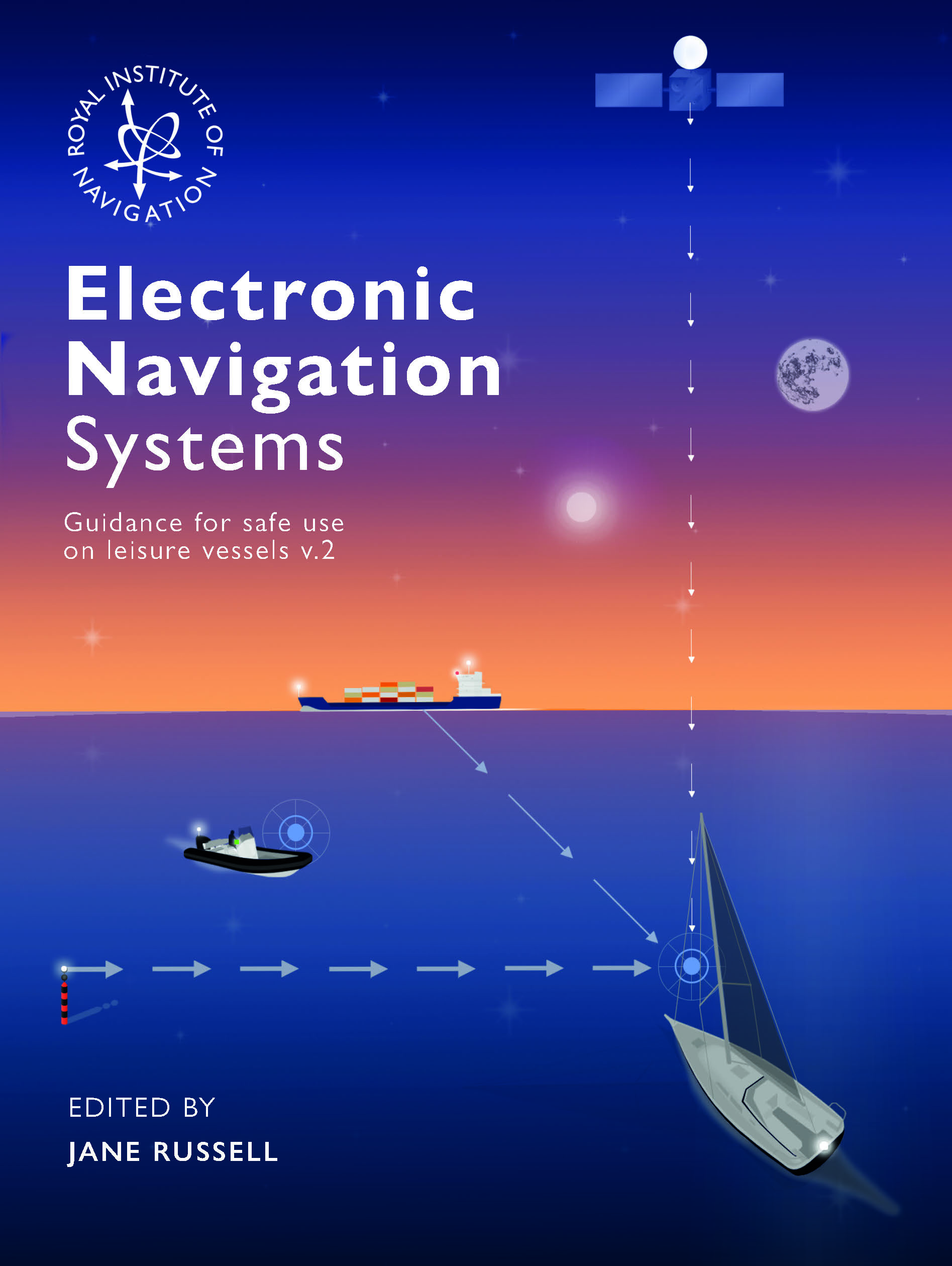Updated Guidance on Electronic Navigation Systems Published for Leisure Vessel Users
Our Small Craft Group has published an updated edition of its popular booklet Electronic Navigation Systems – Guidance for Safe Use on Leisure Vessels. The new version reflects the latest developments in navigation technology, user feedback from across the leisure marine sector, and introduces a new section on astronavigation as a vital backup to electronic methods.

Why this matters for small craft users
Since the original booklet was released in 2020, significant changes have reshaped the navigation landscape for leisure sailors and motorboaters:
- Evolving satellite navigation services: The global rollout of new regional satellite systems, coupled with the closure of some Differential GNSS (DGNSS) services, has placed renewed emphasis on Positioning, Navigation and Timing (PNT) resilience. Leisure sailors must now navigate with greater awareness of both the strengths and vulnerabilities of GNSS.
- Shift to electronic charts: The accelerating move away from paper charts has exposed limitations in official Electronic Navigation Charts for leisure use. While private providers have helped fill gaps, important issues remain around display systems, backup arrangements, training, and cost. These challenges make it more important than ever for small craft users to understand the benefits and risks of electronic navigation.
- Astronavigation as a safeguard: The booklet now includes a dedicated sub-section on astronavigation. For long ocean passages or in situations where electronic systems fail—whether due to technical breakdown, hacking, or signal jamming—traditional methods remain an essential, reliable fallback.
Jane Russell, Editor, commented: “This update ensures that sailors and leisure craft operators have the most relevant, practical guidance at their fingertips. By incorporating astronavigation and the latest satellite system updates, the booklet helps users prepare for the realities of modern and future navigation.”
Paul Bryans, of the RIN’s Small Craft Group, added: “This edition comes at a crucial time. With the industry moving rapidly toward electronic navigation, the need for clear, trusted guidance has never been greater. We also continue to press for agreed standards across hardware, software, and chart suppliers. While leisure craft may be lightly regulated, many vessels operate commercially—such as charter yachts and training school boats—and they deserve systems and charts that are both safe and user-friendly.”
The updated Electronic Navigation Systems booklet is available now as a free digital download via the RIN website, with hard copies available to purchase.
RIN also invites interested sailors, industry professionals, and navigation enthusiasts to register for the 2026 RIN Electronic Navigation Conference, taking place on 6 February 2026. This biennial event brings together the international leisure marine community to discuss the future of small craft navigation, with the 2026 theme: “Small Craft Electronic Navigation in 2026, and Beyond.”
Supporting organisations
The Small Craft Group acknowledges the financial support of Trinity House and the contributions of the wider navigation community in developing this important resource. Partnerships with key organisations including the RYA, MCA, and RNLI continue to ensure that the guidance remains practical, authoritative, and relevant to leisure sailors.






